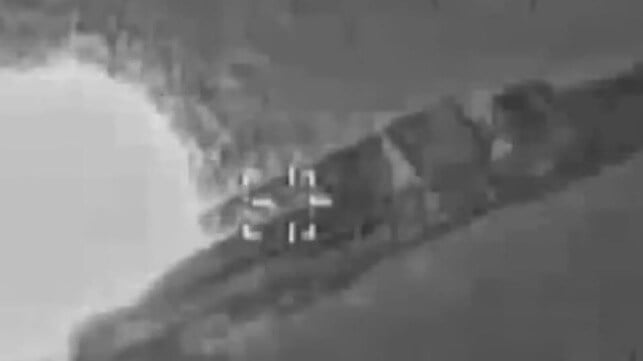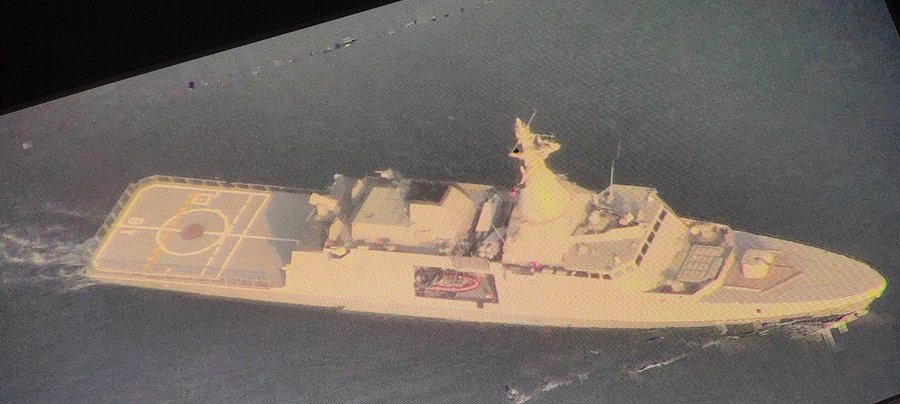Israel Expands the Scope of its Attack on Iran

Since the initial strikes early on the morning of June 13, the scope of Israel’s attacks on targets in Iran has broadened. It is now becoming apparent that Iranian air defenses have been neutralized, with the Israeli Air Force having freedom to strike targets at will. To illustrate, Israeli defense spokesman Brigadier Effie Defrin claimed that over 70 Israeli Air Force aircraft struck targets in the Tehran area early on June 14 over a three hour period. Over 40 targets were attacked during this period.
For illustrative purposes, Israel’s targeting has so far included:
Senior IRGC commanders and operational headquarters, in a bid to paralyze the Iranian response, and possibly to undermine the hardliner faction within the Iranian government. As well as air strikes, drones and attacks have been mounted from within Iran, targeting particular individuals, some in their homes and others in their places of work. Major General Abdolrahim Mousavi has been named by the Supreme Leader as the new Chief of Staff of Iran's armed forces (Artesh), replacing Major General Mohammad Bagheri, and Mohammad Pakpour as the new commander of the IRGC, succeeding Hossein Salami. Brigadier Seyed Majid Mousavi has been appointed the new commander of the IRGC Aerospace Force, in charge of the ballistic missile and drone force, most of his senior leadership team having been killed when a meeting was targeted.
Uranium-enriching and weapons-related nuclear facilities at Tabriz, Kermanshah, Natanz, Arak, Tehran, Isfahan and Fordow have been attacked. At least 10 senior Iranian nuclear scientists have also been pinpointed and killed.
Air defense targets, both radar surveillance and missile units. Some of these targets have initially been attacked with locally-launched and controlled drones, others with Harop loitering drones.
Ballistic missile sites. Social media footage from Kermanshah shows a line of destroyed transporter erector launchers - which normally take minutes to ready for action and to withdraw post-launch. Another video released by Israel shows an attack on a missile as it is being erected on its mobile launcher, suggesting that in some areas Israeli surveillance is sufficiently established to call up quick-reaction aircraft overhead. The success of attacks on ballistic missile sites is apparent in the poor sequencing and low numbers of missiles - so far, totaling about 200 - which the Iranians have been able to launch at Israel, enabling Israeli air defenses to avoid being swamped and overwhelmed by successive missile barrages. The Iranians have primarily employed Shahab-3 and Khoramshahr medium range missiles.
????? ?????? ????? ???? ????-???? ??????: pic.twitter.com/bCJUhPbSV1
— Israeli Air Force (@IAFsite) June 14, 2025
Industrial targets, including the gas extraction plant at Fajr Jam which processes output from the South Pars field, the world’s largest gas producing field. Israeli social media commentators are suggesting that Israel is also beginning attacks on other energy sites on Iran’s coast. The Bonyan engine production plant in Tabriz which has produced engines for drones has also been hit, as has been the Raisi power plant in Isfahan. In later attacks, Israel targeted the Shiraz Electronics Industries factory and an electronics factory in Isfahan, both associated with the building of missile guidance systems.
It is not yet clear if regular armed forces targets have been attacked, other than air defense units as might be expected. Iran’s veteran fleet of F-4 Phantoms based at the 3TAB Hamadan Airbase appears to have been taken out of service.
So far, the Iranian regular Navy (Nedaja) still seems to have remained on the sidelines, and the Bandar Abbas Naval Harbor still has most of its home-based warships moored dockside. Two IRGC Navy (Nedsa) drone carriers have shifted slightly west from their customary positions held in the Bandar Abbas anchorage for the last month, with the Shahid Bagheri (C110-4) drone carrier spotted at 27.0599N 56.1268E on June 13. Her sister ship Shahid Madhavi (C110-3) was located a mile to the south.
The Nedaja did claim that a British frigate had intercepted an Iranian vessel and required it to change course. However, the picture of the interceptor was identified as one of the two Emirati Gowind Class frigates, implying that the Nedaja may have mistaken the frigate in drone footage and invented the incident.

Nedaja-released image showing a vessel mistakenly identified as a British frigate (@Mehdi H)
As to be expected, some hardliners, including IRGC general Esmaeil Kousari, have called for the closure of the Straits of Hormuz. But such action might now be beyond Iran’s capabilities, and would in any case be counterproductive: it would harm Iran itself and alienate GCC states who so far have remained neutral in the conflict. Rational considerations, however, may not shape the Iranian course of action.
An Israeli defense spokesman has also announced that Israel has continued air attacks on Yemen, targeting Muhammad Abdul Karim Al Ghamari, the Houthi Armed Forces Chief of Staff late on June 14. He apparently was wounded, but the fate of other senior leaders attending the meeting he was chairing in the Hadda district of Sanaa is not yet known.
